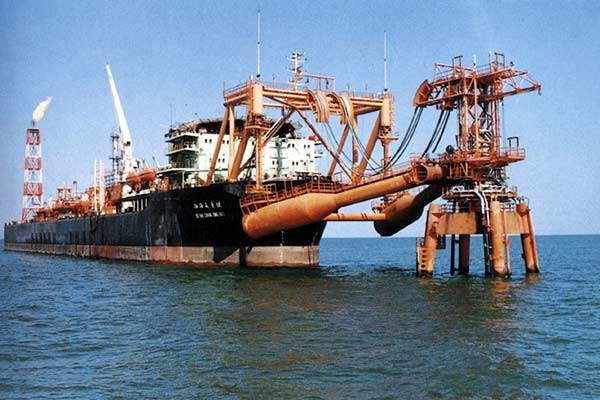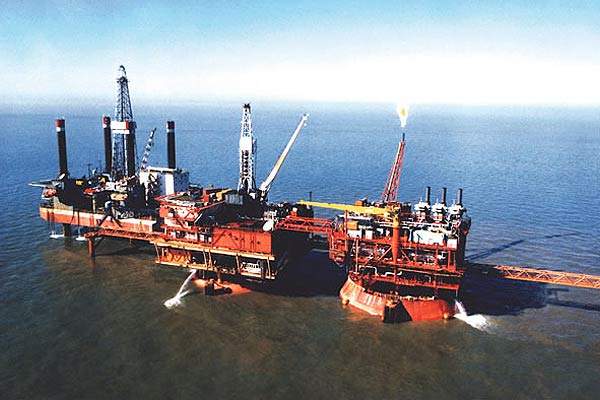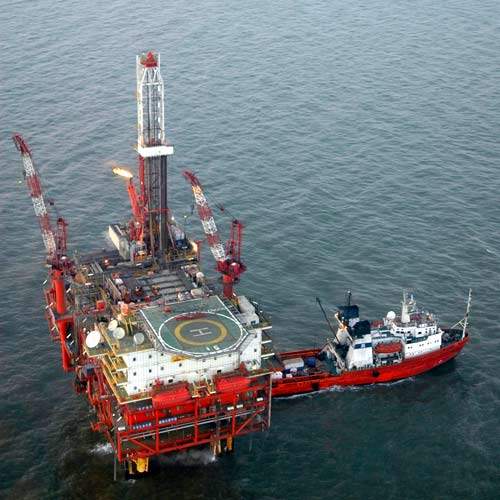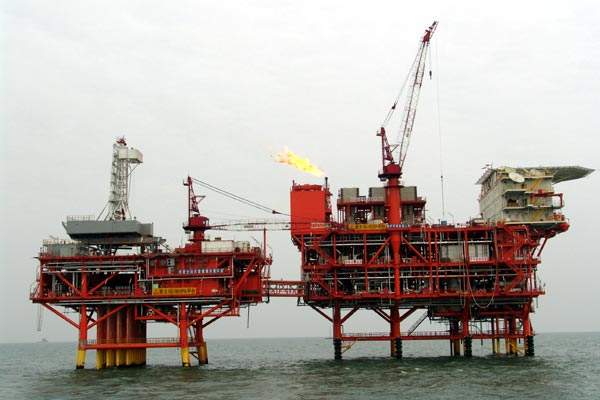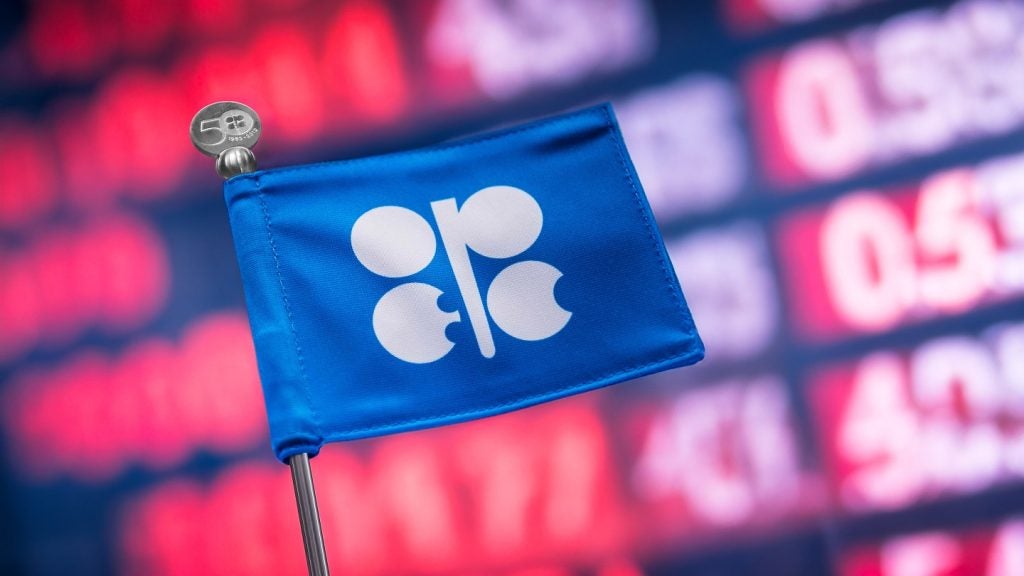Bohai Bay is the largest oil and gas production base offshore China, among those owned by the China National Offshore Oil Corporation (CNOOC). The production base is situated approximately 200km east of Beijing, in Northeast China.
Development of the oil field project commenced in 1999, with conceptual and feasibility engineering. The development was planned in two phases. Phase-1 of the project included the basic design for the early production facility consisting of a new fixed production platform connected to a refurbished FPSO. Phase-II of the development is in progress as of March 2011.
The entire project involved the development of six platforms – A, B, C, D, E and F. Production from platforms C and F commenced in 2004 and 2005 respectively, and production from platform A commenced in May 2006. Platform B started production in January 2009, and all platforms were operational by April 2011.
Ameron was chosen as the supply, prefabrication and engineering consultant, and Fluor Corporation provided the necessary conceptual engineering, front-end engineering and design (FEED) and detailed engineering services for the project.
The Bohai Phase II development project
The Phase II development project field of the Bohai Bay is located 225.31km (140 miles) from Tanggu and 136.8km (85 miles) from Dalian, at a water depth of 27.43m (90ft).
The project was carried out by CNOOC in partnership with ConocoPhillips and the entire development is implemented in two phases. Ameron Fibreglass-Composite Pipe Group (Ameron), a part of Ameron International Corporation, undertook the supply, prefabrication and engineering works in the project. The Phase II development included up to 7,000 spools with modules fabricated in Singapore, Batam and China, and engineering done in the US.
The full field development was based on a peak production rate of 190,000 barrels of oil per day. A number of subsea pipelines were used to pass oil from the outlying wellhead platforms to a riser/utility platform. The system constituted a production complex comprising a central wellhead platform, a quarters platform and the riser/utilities platform. From the central production complex, the production well streams were routed to the main processing facilities on the floating production, storage and offloading system (FPSO). The crude from the new double hull FPSO system that was ready for sales could then be offloaded using export tankers.
The 58km (36-mile) subsea pipeline connecting the facilities was designed by Fluor Corporation. The flow lines were designed to be routed with the existing FPSO vessel during early production. The flow lines were reconnected for permanent installation after the new FPSO was delivered at the site in 2009.
The phase-II development also includes installation of an upgraded multipath swivel mooring system.
Partnership agreements
CNOOC entered into several production-sharing contracts and agreements with many companies worldwide for the Bohai Bay oil fields. Several appraisal well drilling programmes had been carried out by its partners during about a decade in the field. The main partners include Kerr-McGee, Sino-American Energy Corp, ChevronTexaco, Shell Exploration China Limited (Shell), Newfield Exploration, Petronas Carigali and Anadarko.
The company witnessed a series of new oil reserve discoveries in the Bohai Bay field since the PL19-3 oil field in 1999, which in 2009 remained the largest discovery made offshore China.
In 2000 CNOOC and Phillips China joined together and signed a Supplemental Development Agreement on the development of Bohai Bay’s Peng Lai 19-3 offshore oil field in Block 11/05, discovered in 1999.
In 2001 partner Kerr-McGee drilled two appraisal wells in two of its Caofeidian fields (12-1 of Block 05/36) in the Bohai Bay, to depths of 1,540m and 2,200m respectively. During the same year Chevron, another production-sharing partner of the company, entered into a contract to further drill the Nanhai I jack-up rig of CNOOC.
In September 2001, Shell partnered with CNOOC to study the oil and gas reserves in the Bonan Block of the field, as a part of their strategic alliance on gas market development in China’s coastal regions. Later in January 2002 the two companies signed a production-sharing contract for the exploration of the Bonan area, with Shell as the operator.
In October 2002 a development agreement was signed with ChevronTexaco for the BZ25-1/25-1S oil field, with CNOOC as the operator.
A number of discoveries were made by CNOOC in partnership with other companies. Some of the important discoveries included the CFD 12-1S-1 ((Kerr-McGee, Newfield Exploration and Sino-American Energy-in 2001); Liaodong Bay (LD) 27-2-3, located 104km south-east of Qinhuangdao City (ChevronTexaco and Petronas Carigali – May 2002); and PL 19-9-1 and PL13-1-1 (Phillips China Inc – June 2003).
Independent exploration activities
Aside from partnerships CNOOC has conducted independent explorations in the Bohai Bay field. Several wells were discovered by the company and past discoveries include LD4-2-1, LD5-2-1 in the northern part of Bohai Bay (June 2002); LD10-1-2 (August 2002); JZ25-1S-1 in the Liaodong Block (October 2002); Jinzhou (JZ) 25-1S-4D in Liaodong (April 2004); Jinxian (JX) 1-1 (November 2005); Luda (LD) 27-1-1 (October 2005); Bozhong (BZ) 29-4 and Bozhong (BZ) 28-2S-1 (March 2006); Bozhong (BZ) 28-2E in Yellow River Mouth Sag (March 2007); Ken Li (KL) 10-1-1in Laizhou Bay Sag (July 2008); and Bozhong (BZ) 35-2 in Yellow River Mouth Sag (October 2008).
In March 2009 CNOOC announced the drilling of two more oil and gas discoveries, continuing its series of successful independent explorations in the hydrocarbon-rich Bohai Bay. The new discoveries were Bozhong (BZ) 2-1 located in the west of Bozhong Sag, and Qinhuangdao (QHD) 29-2, located in the southeast of Qinnan Sag.
Drilled to a total depth of 3,910m and a water depth of 26m, the Bozhong well penetrated 50.9m-thick oil pay zones, whereas the Qinhuangdao well was drilled to total depth of 3,991m and water depth of 27m, penetrating through 34.7m-thick oil pay zones and 47.9m-thick gas pay zones. The two new discoveries were independent explorations of the company.


